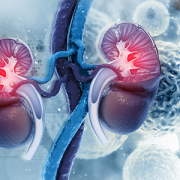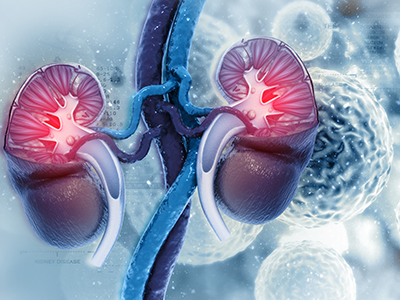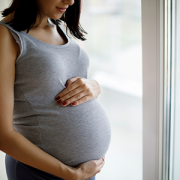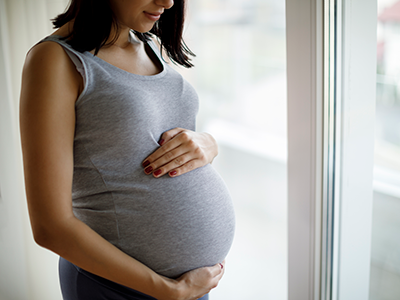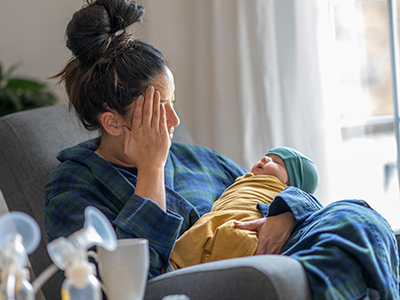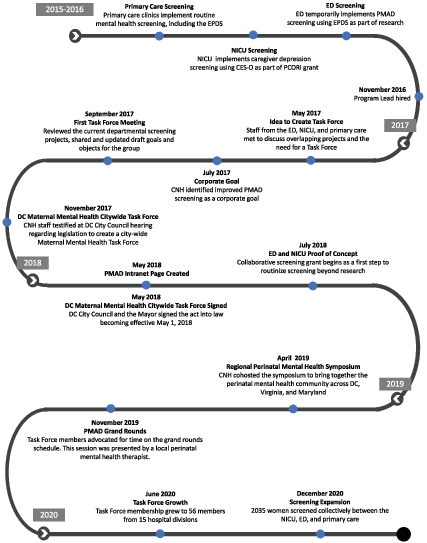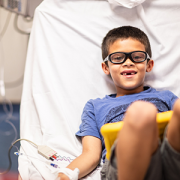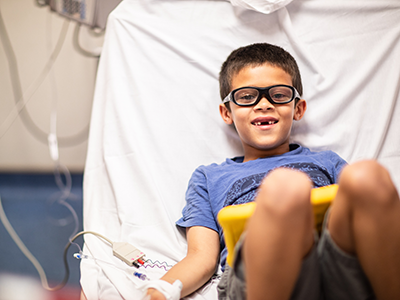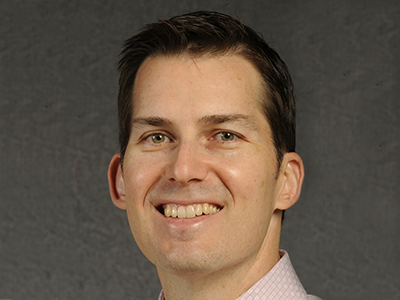JAMA Pediatrics editorial: A better approach for newborn screening
The medical community has an opportunity to update its approach to newborn screening (NBS) to be prepared for emerging technological advancements that will help diagnose children with rare diseases from their first weeks of life, according to an editorial from a leading Children’s National Hospital researcher published in JAMA Pediatrics.
“In health care, we are seeing ways in which we can identify more children who have rare diseases even earlier, in the newborn period, rather than waiting for children to develop symptoms or experience irreversible changes,” said Beth Tarini, M.D., M.S., M.B.A., associate director of the Center for Translational Research. “We have continued innovations in screening technology – with more on the way – that can be added to the screening programs overseen by all 50 states. Updating how we approach newborn screening presents an incredible opportunity for doctors and their patient-families.”
Why it matters
Newborn screening happens before the baby leaves the hospital, generally with a prick of the heel to take a small sample of blood to look for several dozen rare, debilitating disorders such as sickle cell disease, congenital hypothyroidism and cystic fibrosis. The current screening system has grown successfully for roughly 60 years and creates a network of state programs. Along the way, researchers have had extensive debates about which disorders to include, based on whether there are treatments and options for patients.
Dr. Tarini, a pediatrician who has done extensive research on NBS and related policies, said that the existing screening programs across all 50 states should be modernized, with federal research support and funding, to create a unified “learning newborn screening system” that derives information from the 4 million babies born each year and provides feedback to the medical community about best practices for babies who are diagnosed with a rare disease or at risk for developing one.
“A new approach will require resources and infrastructure, but as the technology advances, we should change our system to leverage the experience of doctors, patients, and NBS programs across the country,” Dr. Tarini said. “We have the will, the experience and the ability to transform the care for children with rare disease.”
Read the full editorial in JAMA Pediatrics.


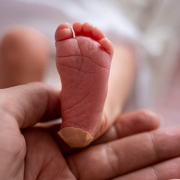



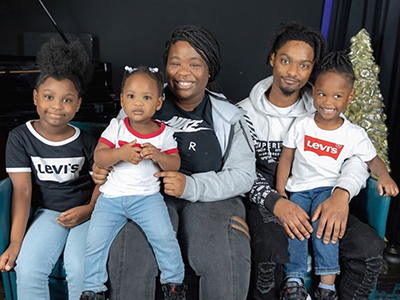
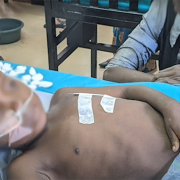

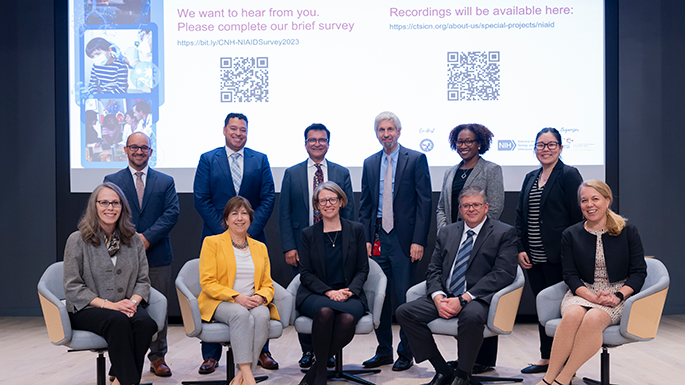


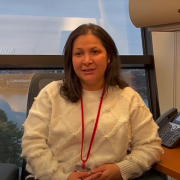


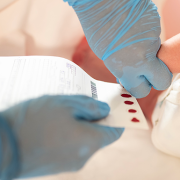
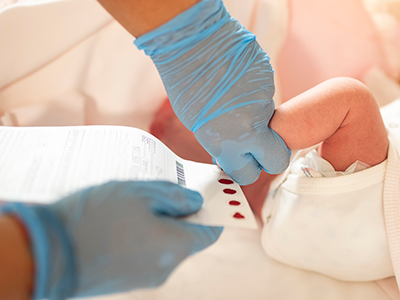
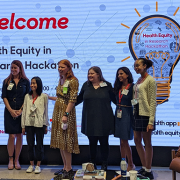
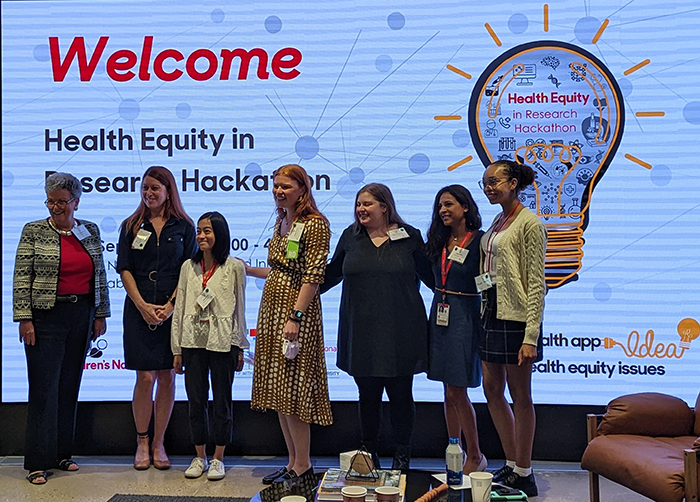
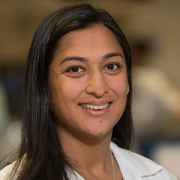
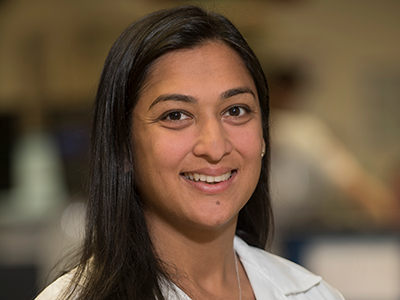
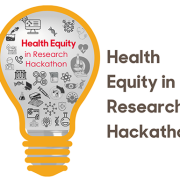
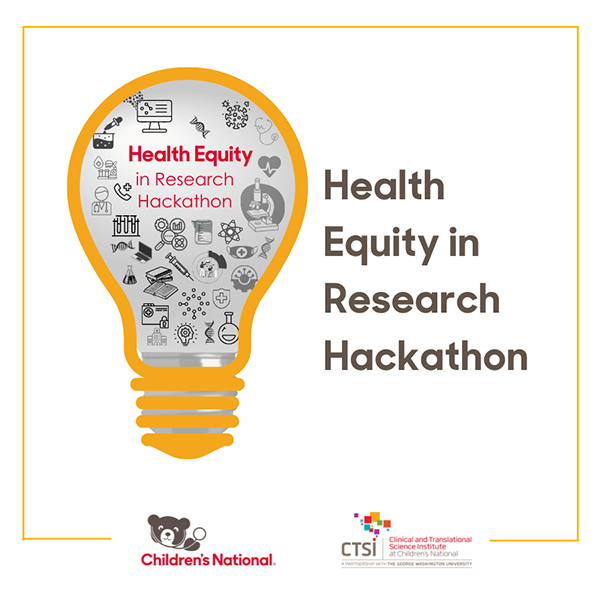
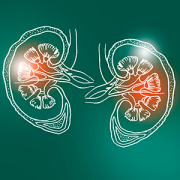
 The International Pediatric Transplant Association (IPTA) is hosting their 11th Congress meeting March 26-29, 2022, and many Children’s National Hospital providers will be presenting throughout the conference. We hope you will join us!
The International Pediatric Transplant Association (IPTA) is hosting their 11th Congress meeting March 26-29, 2022, and many Children’s National Hospital providers will be presenting throughout the conference. We hope you will join us!

